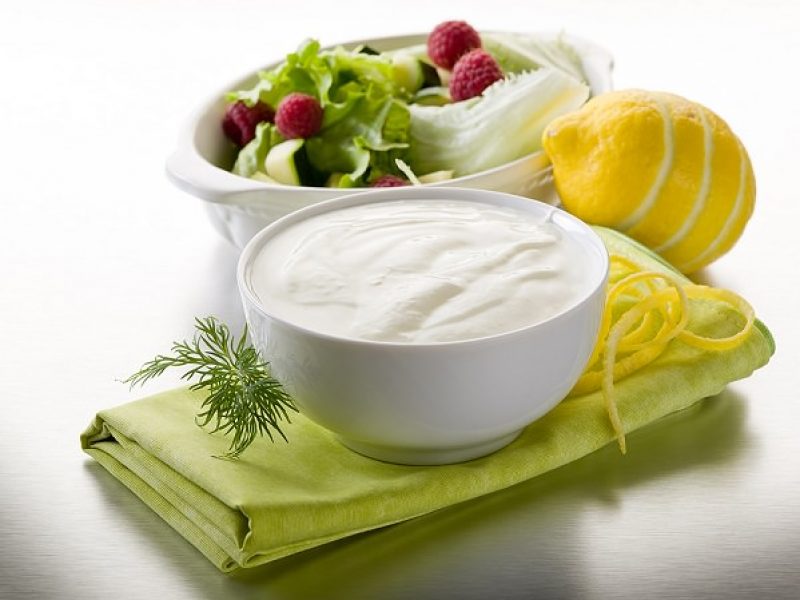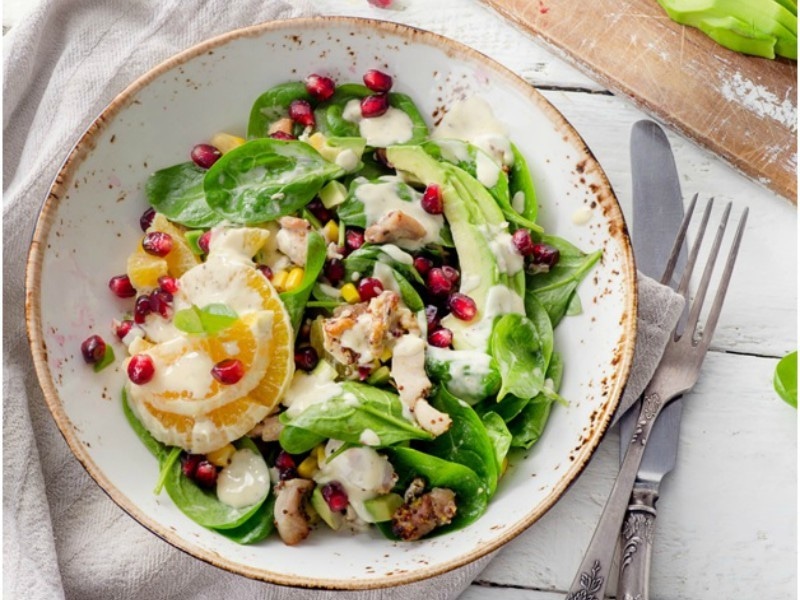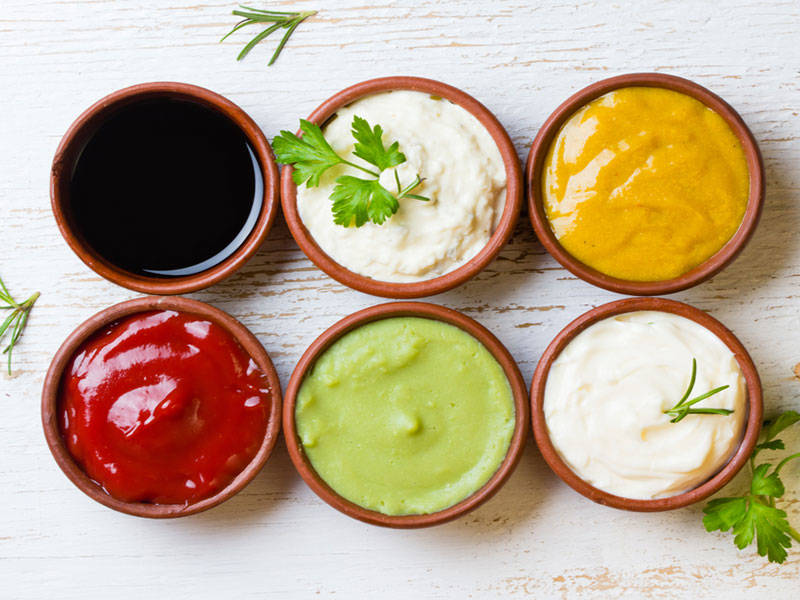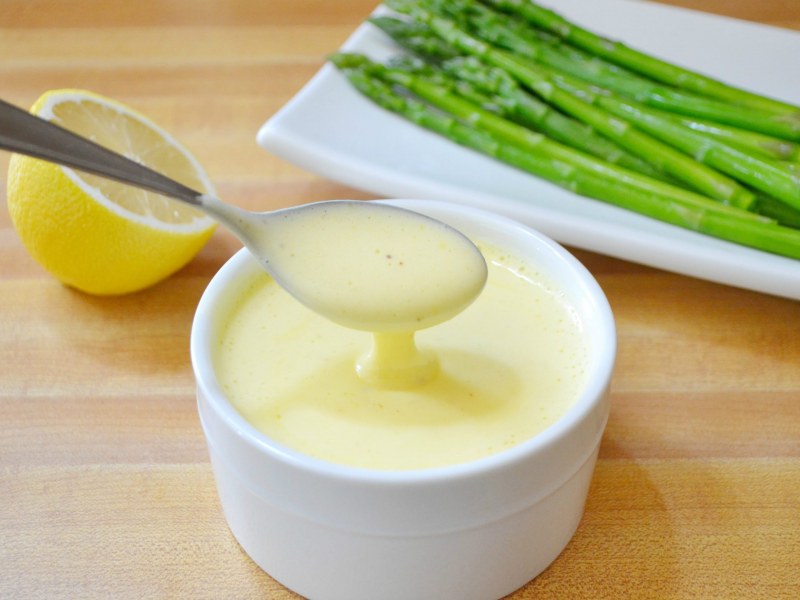A Comprehensive Guide to Salad Dressings: Types, Tips, and Tantalizing Tastes
Introduction:
Salad dressings are a versatile and vital component of any great salad. They enhance flavors, add moisture, and bring together various ingredients, making even the simplest greens more appetizing. From classic favorites to modern innovations, there is a wide range of salad dressing types to suit every taste and dietary preference. In this comprehensive guide, we explore the various types of salad dressings, including their ingredients, flavor profiles, and popular uses, offering a wealth of options to elevate your salads to new heights.
1. Classic Salad Dressings:
1.1. Ranch Dressing:
Ranch dressing is an all-time favorite, known for its creamy texture and tangy, herbaceous flavor. Made primarily of buttermilk, mayonnaise, and a blend of herbs and spices, ranch dressing pairs well with a variety of salads, from crisp green salads to vegetable medleys.
1.2. Caesar Dressing:
Originating from Italy, Caesar dressing is beloved for its distinct garlicky, briny taste. Its key ingredients include garlic, olive oil, anchovies, Parmesan cheese, and Worcestershire sauce. Often served with romaine lettuce, Caesar dressing adds a savory punch to salads.
1.3. French Dressing:
French dressing strikes a balance between sweet and tangy flavors. Its main components typically include ketchup, vinegar, sugar, and various seasonings. This dressing complements a variety of salads, including mixed greens, fruit salads, and even coleslaw.
1.4. Blue Cheese Dressing:
Blue cheese dressing offers a rich, creamy texture and a bold, salty taste. Made with blue cheese, mayonnaise, buttermilk, and various seasonings, this dressing pairs well with salads that contain strong flavors, such as bacon, red onions, or dried fruits.
1.5. Italian Dressing:
Italian dressing is a versatile option that typically combines oil, vinegar, herbs, and seasonings. It offers a tangy and slightly sweet flavor profile that complements a variety of salads, including antipasto salads, pasta salads, and tomato-based salads.
2. Vinaigrettes:
2.1. Balsamic Vinaigrette:

Balsamic vinaigrette is a combination of balsamic vinegar, olive oil, and various herbs and spices. It offers a slightly sweet and tangy taste, making it a great accompaniment for salads featuring fruits, roasted vegetables, or goat cheese.
2.2. Raspberry Vinaigrette:
Raspberry vinaigrette is a fruity dressing that blends raspberry puree or vinegar with oil, honey, and Dijon mustard. It adds a burst of sweetness and tartness to salads, particularly those featuring berries, feta cheese, or nuts.
2.3. Greek Vinaigrette:
Greek vinaigrette is characterized by its robust flavors, combining olive oil, lemon juice, garlic, and various Mediterranean herbs. It is perfect for enhancing Greek salads, as well as dishes featuring feta cheese, olives, or grilled vegetables.
2.4. Lemon Vinaigrette:
Lemon vinaigrette offers a refreshing, tangy flavor that complements a wide range of salads, particularly those incorporating seafood or chicken. It typically combines freshly squeezed lemon juice with olive oil, Dijon mustard, and herbs.
2.5. Champagne Vinaigrette:
Champagne vinaigrette is a delicate and elegant dressing that combines champagne vinegar, Dijon mustard, honey, and olive oil. It adds a light, slightly sweet taste to salads, making it an ideal choice for delicate greens or seafood salads.
3. Creamy Dressings:
3.1. Thousand Island Dressing:
Thousand Island dressing is a creamy concoction made with mayonnaise, ketchup, sweet pickle relish, and onions. Its tangy and sweet flavors go well with salads containing proteins like chicken or shrimp, as well as sandwiches and burgers.
3.2. Honey Mustard Dressing:
Honey mustard dressing pairs the flavors of honey and mustard with mayonnaise or Greek yogurt to create a creamy and slightly sweet dressing. It is a versatile option that complements a range of salads, including chicken salads, roasted vegetable salads, or even as a dip for vegetables.
3.3. Green Goddess Dressing:
Green Goddess dressing is a creamy, herbaceous delight made with mayonnaise, sour cream, various herbs (such as basil, chives, and parsley), and anchovy fillets. Its flavor is well-suited to both green and grain salads, as well as a dip for raw vegetables.
3.4. Ranch variations:

Apart from the classic version, ranch dressing often has variations like avocado ranch, cilantro lime ranch, or bacon ranch, offering unique flavor profiles that cater to specific tastes and preferences.
4. Specialty Dressings:
4.1. Asian Dressing:
Asian dressings offer a tangy, slightly spicy, and umami-rich flavor profile. These dressings typically incorporate ingredients like rice vinegar, soy sauce, sesame oil, ginger, and garlic, bringing a burst of Asian-inspired flavors to any salad.
4.2. Tahini Dressing:
Made from creamy tahini (sesame seed paste), lemon juice, garlic, and olive oil, tahini dressing is a flavorful choice for Middle Eastern-inspired salads. Its nutty taste and smooth consistency make it a perfect match for dishes featuring chickpeas, roasted vegetables, or falafel.
4.3. Avocado Dressing:
Avocado dressing is made by blending ripe avocados with citrus juice, olive oil, and seasonings. Its creamy texture and mild flavor pair well with salads incorporating grilled chicken, shrimp, or as a veggie dip.
Conclusion:
Salad dressings provide the perfect finishing touch to enhance the flavors and textures of a wide range of salads. Whether you prefer creamy, tangy, or fruity dressings, there is a plethora of options to suit your taste. By exploring the various types of dressings available, experimenting with flavors, and finding your favorites, you can elevate your salad game and make every bite a delightful experience. So, get creative, think outside the salad bowl, and let your taste buds guide you on a flavorful journey through the world of salad dressings.Types of Salad Dressings and Their Business Potential
1. Market Dynamics: The Growing Demand for Healthier Options
As more individuals embrace healthier lifestyles and opt for salads as a part of their daily meals, the demand for innovative and flavorful salad dressings has surged. Consumers are increasingly seeking dressings made with wholesome ingredients, without sacrificing taste. This shift in consumer preferences presents a significant business opportunity for companies to develop and market salad dressings that cater to this demand.
2. Organic and All-Natural Dressings: Capitalizing on the Clean Label Trend
With the clean label movement gaining momentum, there is a growing demand for salad dressings made with organic and all-natural ingredients. Consumers are becoming more aware of the potential health risks associated with certain food additives and preservatives, prompting them to seek out dressings without artificial colors, flavors, or chemicals. Businesses can tap into this trend by offering clean label dressings that prioritize quality, transparency, and sustainability.
3. Plant-Based Offerings: Meeting the Rising Demand for Vegan and Vegetarian Alternatives
As more individuals adopt vegan or vegetarian diets, there is a need for salad dressings that cater to these dietary choices. Plant-based dressings, such as those made with vegan mayonnaise, nut milks, or tofu, are gaining popularity. Companies that offer a range of vegan and vegetarian dressings can attract a growing customer base seeking delicious and cruelty-free options.
4. International Flavors: Exploring Global Cuisines

Consumers are increasingly looking for unique flavors to add excitement to their salads. Businesses can leverage the trend of global cuisine by creating salad dressings inspired by international flavors. Dressings like Thai peanut, Mexican-inspired chipotle, or Indian-inspired raita can offer a refreshing twist to traditional salads and appeal to a more adventurous consumer base.
5. Customizable Dressings: Personalized Salad Experience
Allowing customers to personalize their salad experience with customizable dressings can be a winning strategy. Businesses can offer a range of base dressings, along with an array of mix-ins or add-ons, enabling customers to create their own unique flavor combinations. Customizable dressing stations in restaurants or pre-packaged kits for at-home use can provide a memorable and tailored experience for customers.
6. Premium and Gourmet Options: Elevating the Salad Experience
For those seeking a more elevated and indulgent salad experience, premium and gourmet dressing options can be a lucrative avenue. By using high-quality ingredients, unique flavor profiles, and elegant packaging, businesses can cater to customers willing to pay a premium for a superior dressing that enhances their salad’s taste and presentation.
7. Low-Fat and Low-Calorie Offerings: Addressing Health-Conscious Consumers
As people become increasingly health-conscious, there is a demand for low-fat and low-calorie salad dressings that still maintain great taste and flavor. Businesses that develop dressings with reduced fat and calorie content, utilizing natural sweeteners or alternative ingredients, can appeal to health-conscious consumers, potentially gaining a competitive edge in the market.
8. Grab-and-Go Dressings: Convenience for On-the-Go Lifestyles
With busy schedules and a growing need for convenient food options, there is a market for grab-and-go salad dressings. These single-serve or portable dressings can be sold in portion-controlled containers, making it easy for consumers to spruce up their salads on the go. From sachets to squeeze bottles, businesses can capitalize on this trend by offering convenient and travel-friendly dressings.
9. Private Label Opportunities: Collaborating with Retailers
The private label market offers a significant opportunity for businesses to collaborate with retailers and produce salad dressings exclusively for their brands. By creating unique dressings tailored to specific retailer preferences, businesses can tap into established distribution channels and gain exposure to a wider consumer base, while retailers benefit from offering exclusive products to their customers.
10. Health and Wellness Partnerships: Collaborating with Dietitians or Nutritionists
Partnering with health and wellness professionals, such as dietitians or nutritionists, can be a strategic move for businesses in the salad dressing industry. By collaborating on recipe development, creating educational content, or offering personalized meal plans, businesses can enhance their brand image as a trusted source of healthy and nutritious options. This can open doors to new markets and establish a loyal customer base.
11. Online Retail and Direct-to-Consumer Sales: Expanding Online Presence
In the era of e-commerce, businesses can expand their market reach and boost sales by offering their salad dressings through online platforms. By leveraging social media marketing, targeted advertisements, and subscription-based models, companies can engage with customers directly, build brand loyalty, and generate repeat sales.
12. Sustainable Packaging Initiatives: Eco-Friendly Commitments
As consumers become increasingly conscious of environmental issues, businesses can stand out by adopting sustainable packaging solutions for their salad dressings. Biodegradable or recyclable packaging materials, minimal plastic usage, and eco-friendly production practices can align with consumer values and attract customers who prioritize sustainability.

In Conclusion:
The salad dressing industry offers a wealth of opportunities for businesses to tap into the growing consumer demand for innovative, flavorful, and healthier options. By understanding market dynamics, embracing current trends, and seeking out new avenues for growth, companies in this sector can carve a niche for themselves and build successful, thriving businesses. Whether it’s catering to specific dietary preferences, offering customizable options, or exploring international flavors, the salad dressing industry has ample potential for those willing to think creatively and adapt to evolving consumer preferences.









